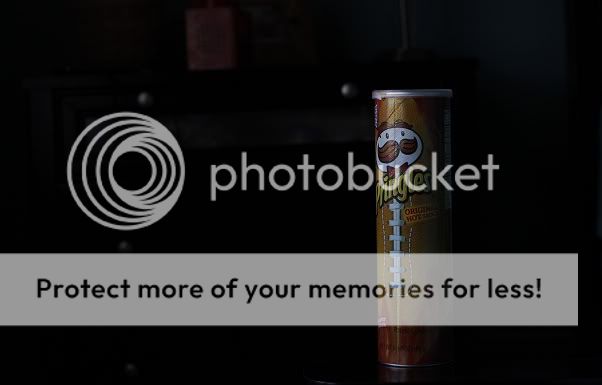You talk about not "liking" studio work... that you prefer the "outdoors"!
You do realize that 'LIGHT" works the same way in both places, right? you don't need to master studio or outdoors shooting! You need to master using the "LIGHT" to achieve what you want.. no matter where or when!
Well, you know, the idea that "LIGHT" works the same way in both places is, uh, really NOT 100 percent accurate...like in the shot of her son, on the black background, wearing the fedora-type hat...his FACE is "hot" with flash or studio incandescent light, but his FEET are seriously under-exposed, in relation to the FACE. Now, outdoors, the light would NOT DO THAT SAME THING!!!! That's right, outdoors, with the kid laying down on the grass in a park or field on a bright, cloudy day, the amount of light on his FACE and his FEET would be IDENTICAL. And I mean the light would be IDENTICAL in its intensity. SO, right there, we can see that LIGHT does NOT, I repeat, does NOT, behave "the same way" outdoors as it does indoors.
I've seen the same allegation from other posters, that light is light and that outdoor light is the same as indoor light, and that light behaves the "same way". Uh...in terms of photography, that is simply not an accurate statement. At normal, indoor distances, light from artificial sources, like lamps, and flash units, falls off extremely rapidly in its intensity when the light is placed CLOSE TO a subject and the subject moves away from the flash or other artificial light source. Outdoors in open areas, with the sun as the light source, natural light has basically almost NO FALL-OFF in its intensity!!!!! The exposure for a man standing 10 feet from the camera is the same as the exposure for his face 4 feet from the camera. And the exposure that is correct for the man standing 40 feet from the camera is the SAME EXPOSURE as it is when he is 4 feet from the camera.
With a flash or lamp, the exposure settings required at 4,10,and 40 feet are are all, each, INCREDIBLY DIFFERENT!!!!!!! There is a HUGE variance in the intensity of the light produced by many artificial sources, like studio flash, on-camera flash, and off-camera speedlight flash, or off-camera electrical lighting, s the distance from the light source changes. Part of the reason natural light and artificial light have been separated and differentiated between for over 100 years by experienced,sensible,sane photographers is that natural, outdoor lighting, and indoor-distance artificial lighting often behave very,very,very
differently.
The portrait of the boy on the black background, with the BRIGHT, well-exposed face and the DARK, dark feet up in the air...gsgary mentioned that the shot desperately needed a second light, to provide separation from the background...well, it would also provide more light on his legs and body....light that WOULD HAVE BEEN THERE, if the shot had been made outdoors, in an open field. So, again...a shot that would have looked perfectly EVENLY LIGHTED if it had been lighted by the sun, looks very bright up close, and very DIM, just 30-36 inches behind the boy's face. So,again, in a practical sense, a photograhic exposure sense, natural light does not behave the same way as indoor, studio lighting does...
In natural lighting situations, lighted by the sun, or the sky, the light tends to be of almost the same,exact,identical,equal INTENSITY, across distances of thousands and thousands of feet. Why? Because the source of the light is so,so far away that the inverse square law is basically non-existant for all practical intents. When the light comes from an artificial source, at indoor distances, such as in a portrait studio situation, the amount of light fall-off can vary TREMENDOUSLY from 36 inches to 50 inches. That does NOT OCCUR when shooting outdoors, in natural lighting conditions in parks, or on laws, etc. This difference is one of the reasons new shooters have such difficulty transitioning from a single, HUGE, exceptionally distant light source (either the sky, or the sun itself) to very CLOSE light sources.







![[No title]](/data/xfmg/thumbnail/36/36394-700ff78d7b45c663863e641a9bcf1fe1.jpg?1734168775)

![[No title]](/data/xfmg/thumbnail/42/42458-8274869c9294d2f0655f80c8f0e6048c.jpg?1734176996)



![[No title]](/data/xfmg/thumbnail/42/42460-80970c44cc9fb42dd0c86d08e7bc401d.jpg?1734176997)

![[No title]](/data/xfmg/thumbnail/34/34134-d2249816e46b705693bfc543c9b1f481.jpg?1734164670)

